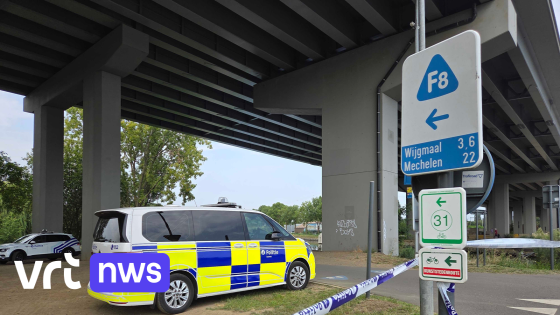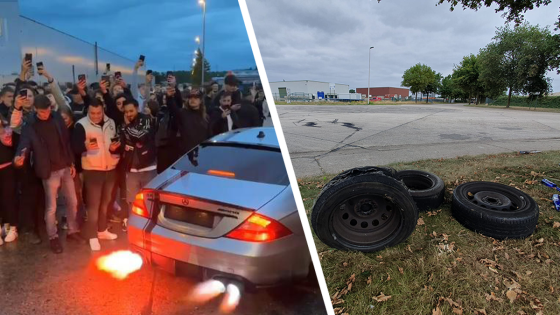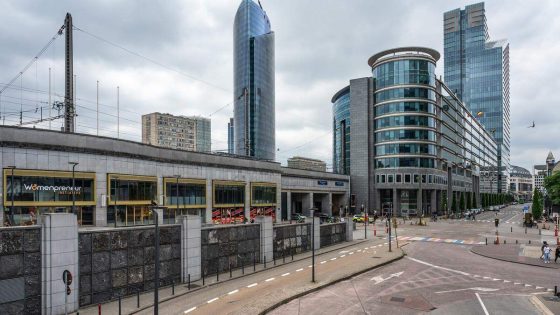Drone technology is increasingly used in Belgium to monitor agricultural damage, with a recent case highlighting its value in Veerle. On 2025-08-04 12:15:00, a drone pilot captured clear evidence of damage to a maize field caused by wild boars. This region is known for its extensive maize cultivation, making it vulnerable to wildlife interference.
- Drone-piloot registreert schade aan maïsveld
- Everzwijnen veroorzaken aanzienlijke schade in maïs
- Everzwijnen wroeten grond en eten maïskolven
- Drone zoekt vraatsporen van wilde zwijnen
- Schade door everzwijnen snel oplopend
- Veld in Veerle-Heide geïdentificeerd met schade
Wild boars are notorious for causing significant harm by rooting around for maize kernels and consuming ripe cobs. The damage can escalate quickly, threatening crop yields and local farmers’ livelihoods. Using drones to detect these feeding traces offers a timely solution to identify affected areas early.
How can drone surveillance help farmers better protect their maize fields? And what does this mean for managing wild boar populations in Belgium? The following fast answer provides insight into this emerging issue.
What does this mean for Belgian agriculture? The use of drones to spot wild boar activity offers several benefits:
- Early detection of damage enables prompt response to limit crop loss.
- Precise mapping of affected fields helps target control measures effectively.
- Supports sustainable wildlife management by reducing unnecessary interventions.
Could this technology be a game-changer for protecting maize crops in other parts of Belgium?
Looking ahead, integrating drone monitoring with wildlife management strategies could help Belgian farmers safeguard their maize fields more efficiently. Staying informed and adopting new technologies will be crucial to addressing this ongoing challenge.

































